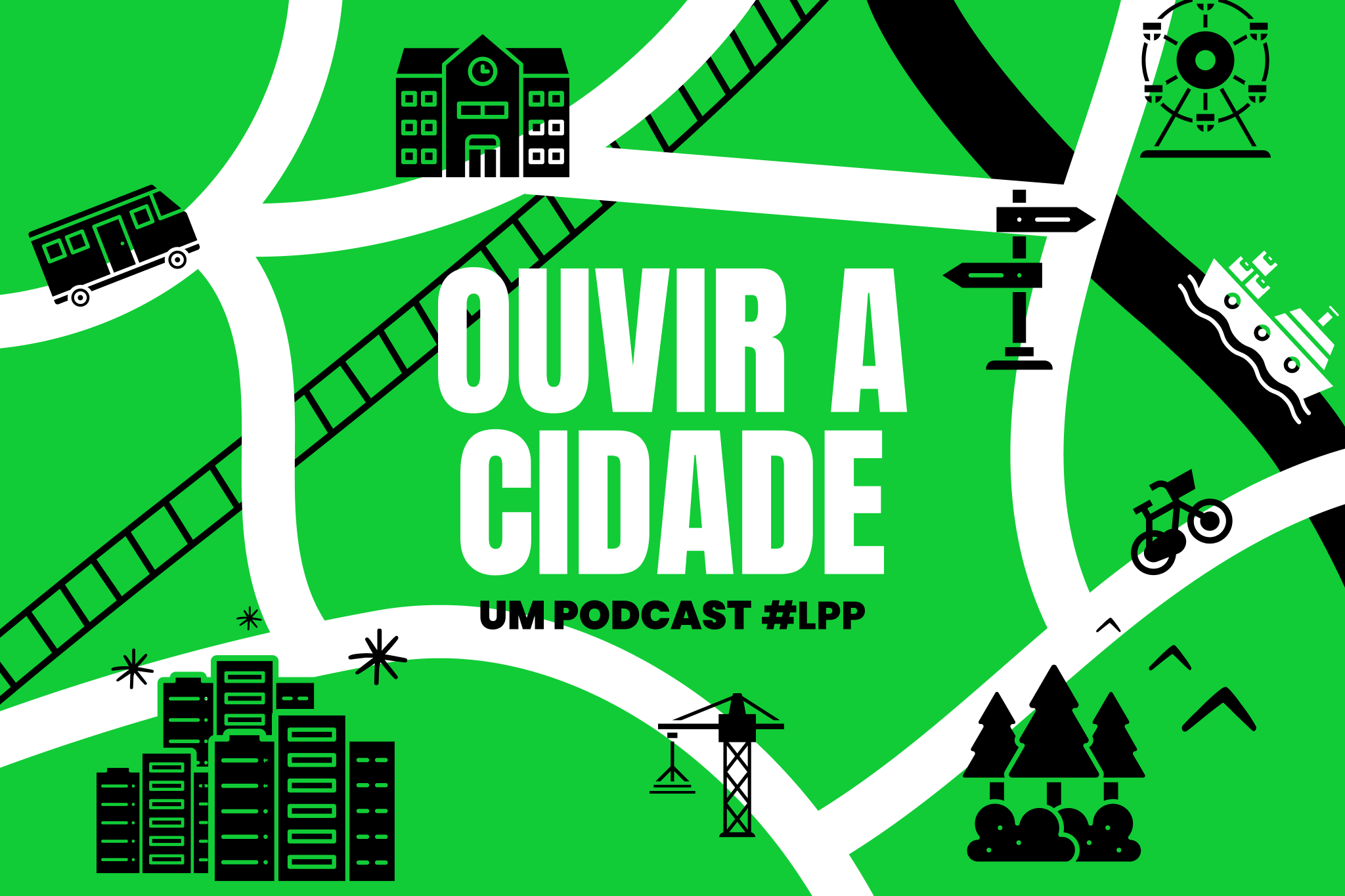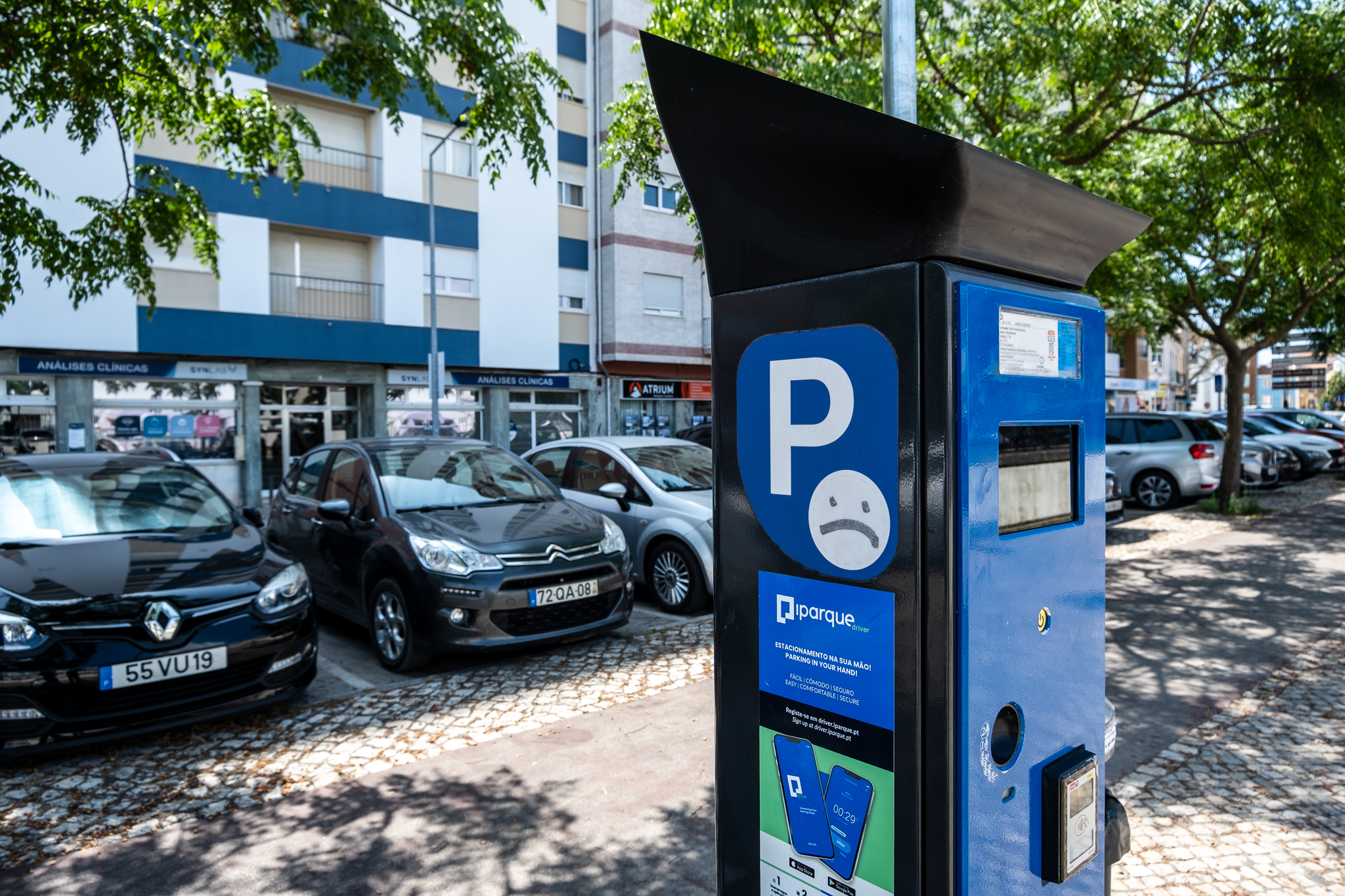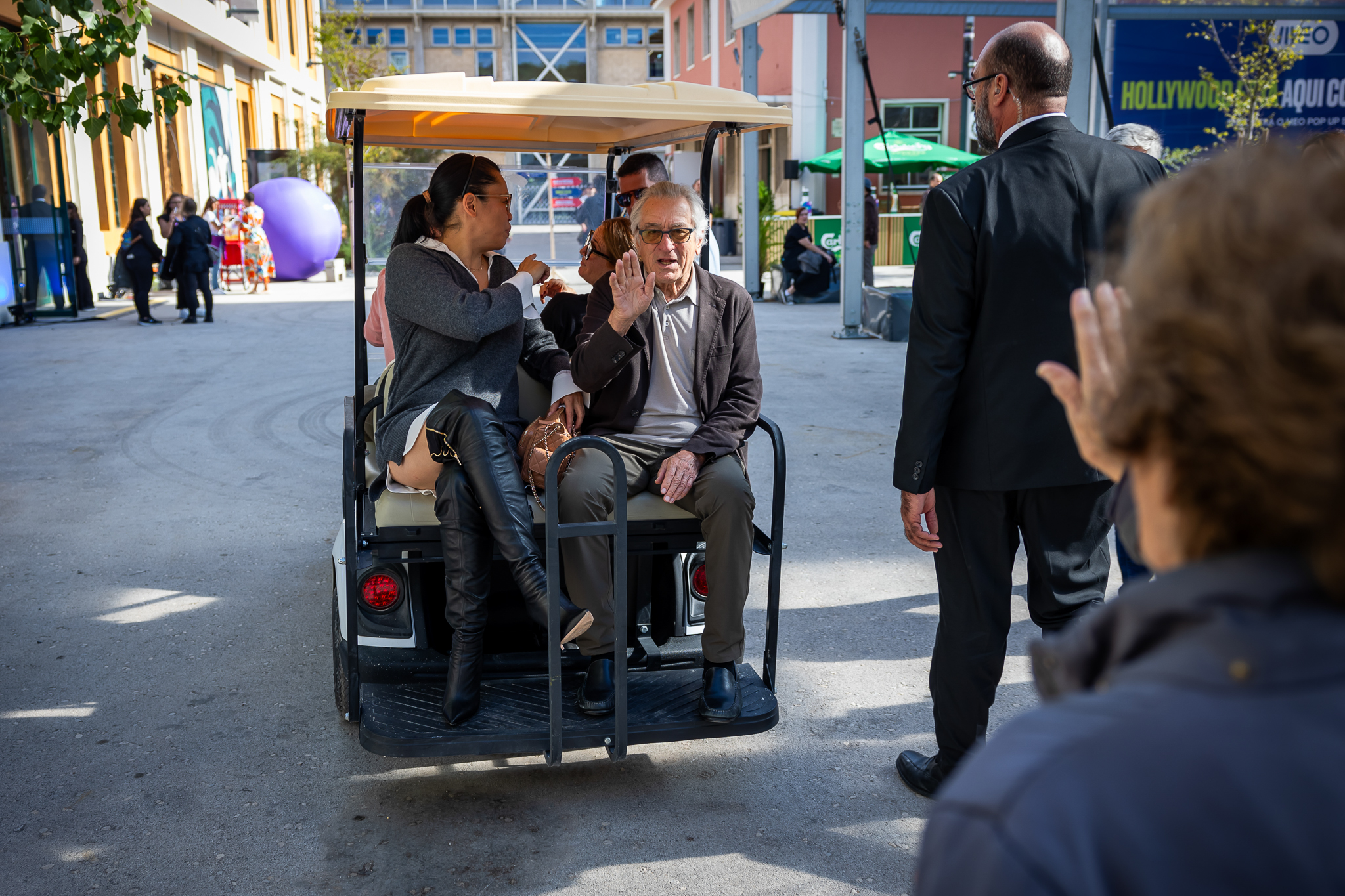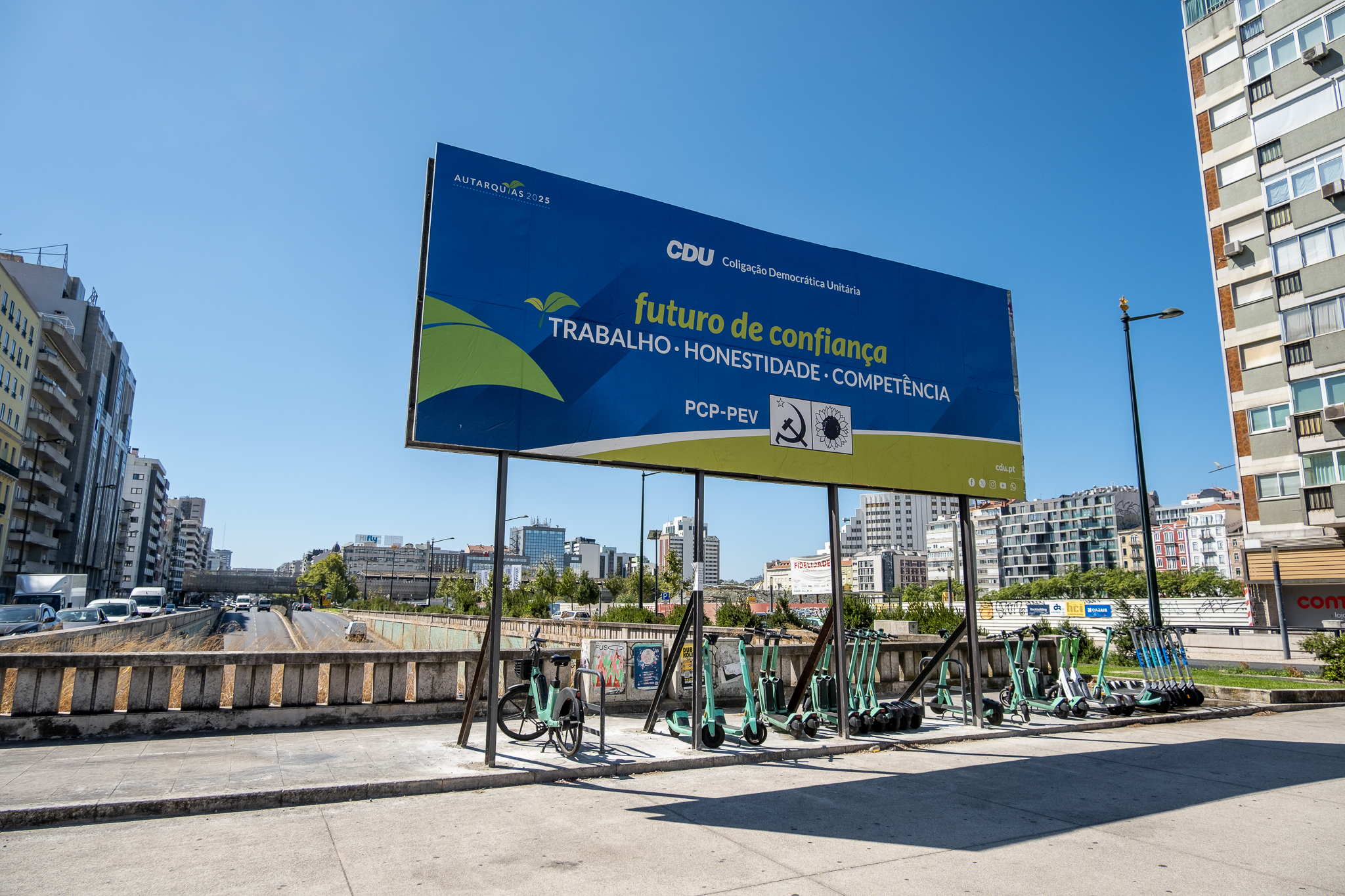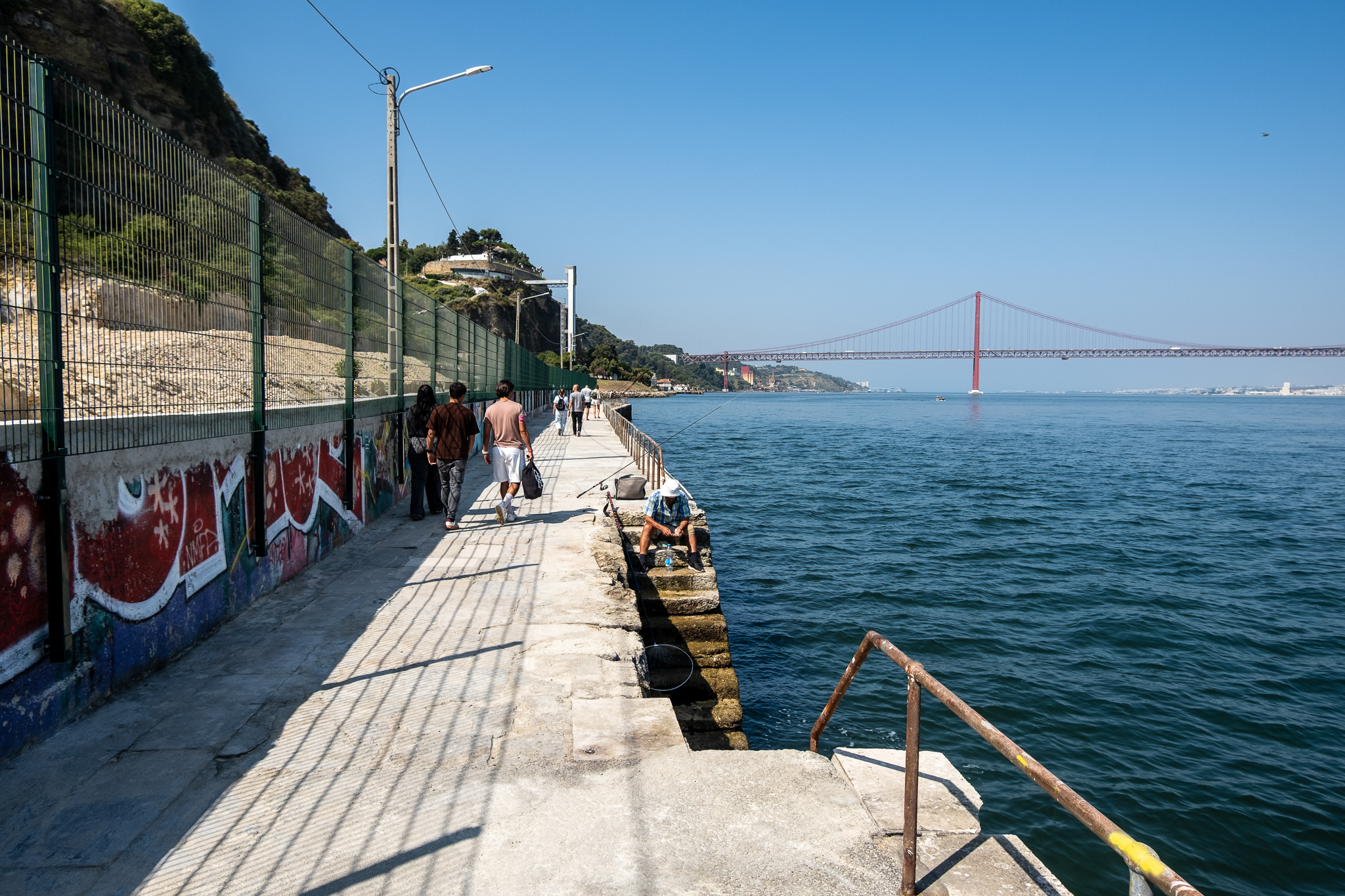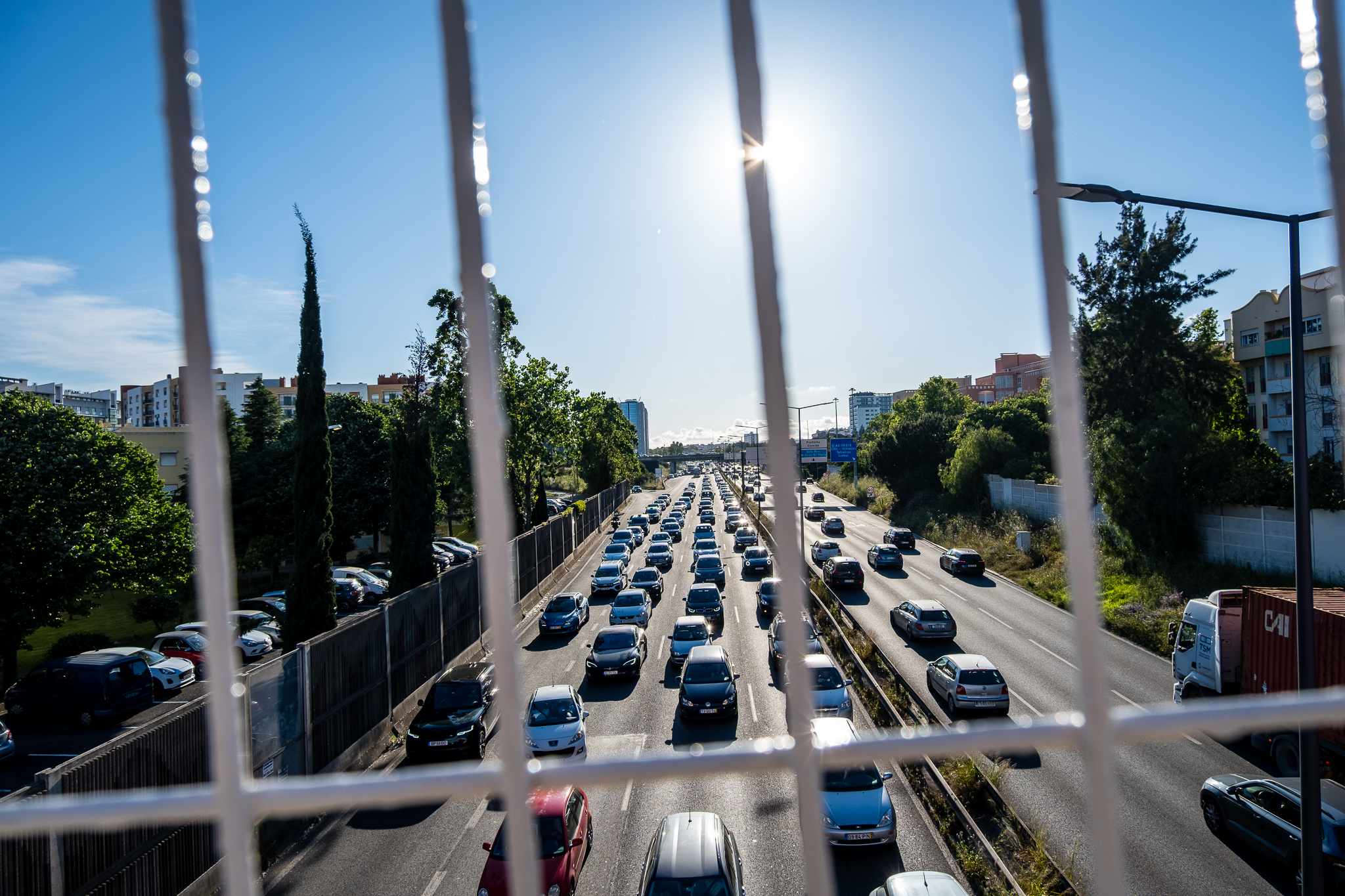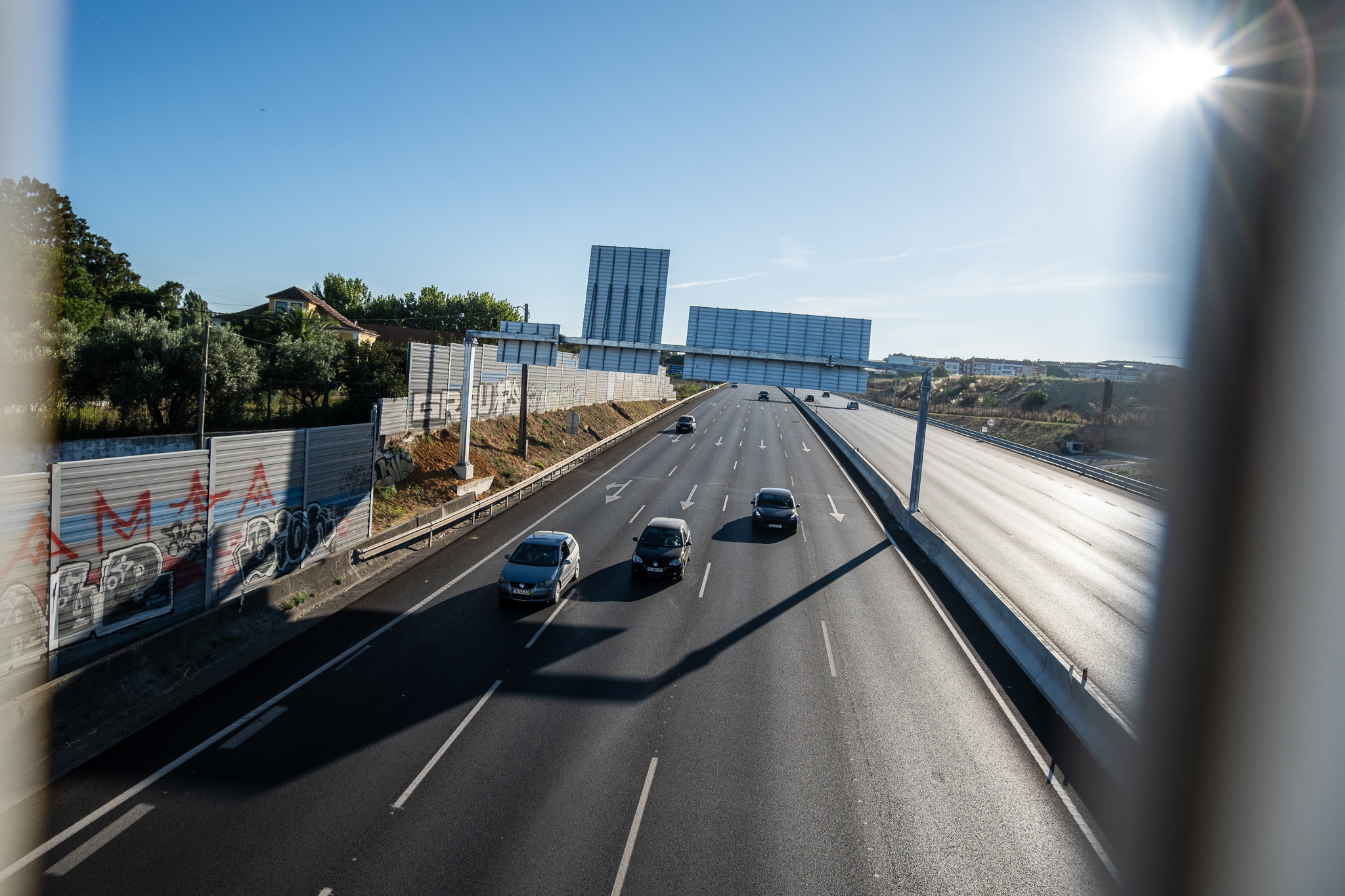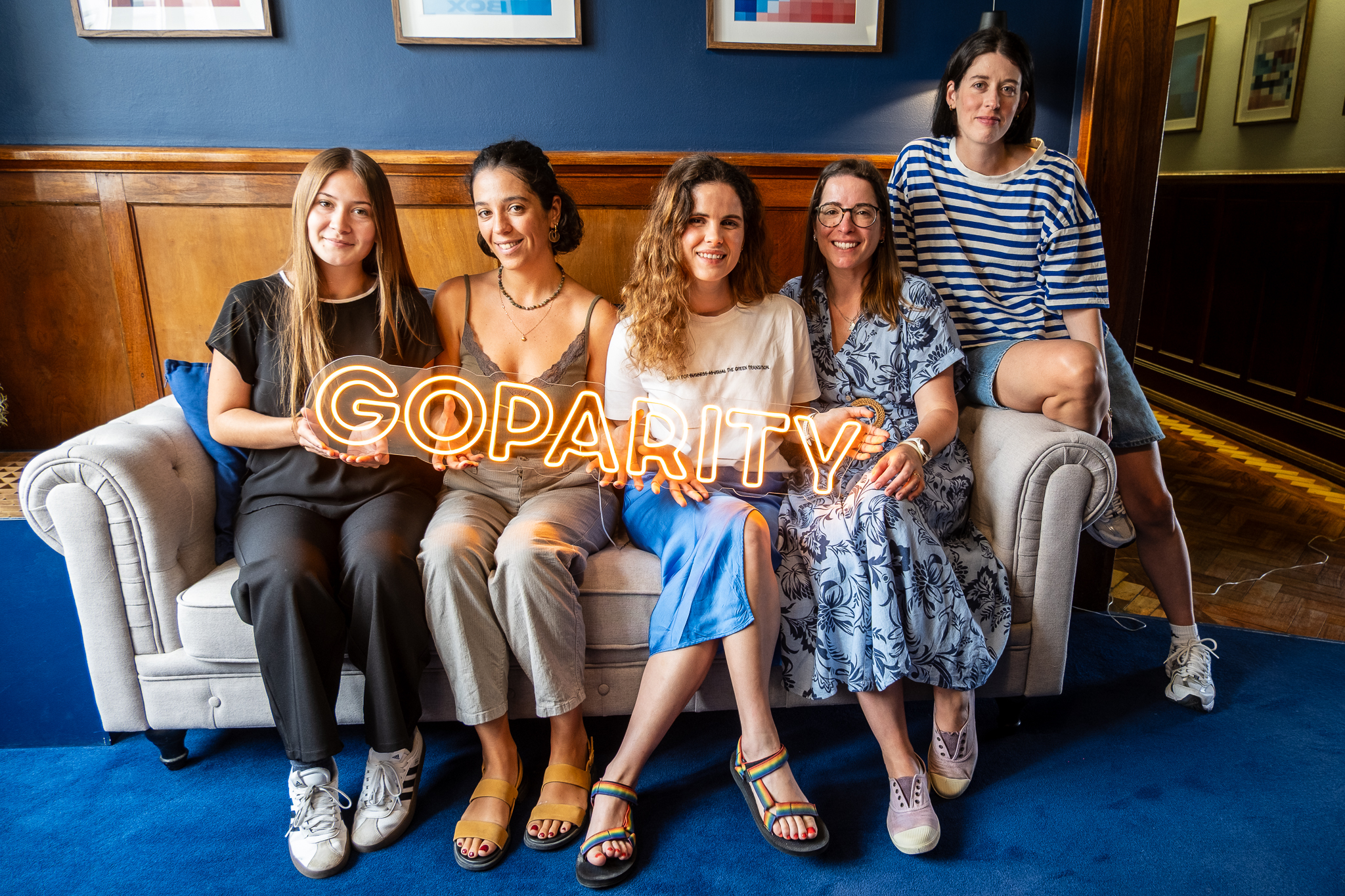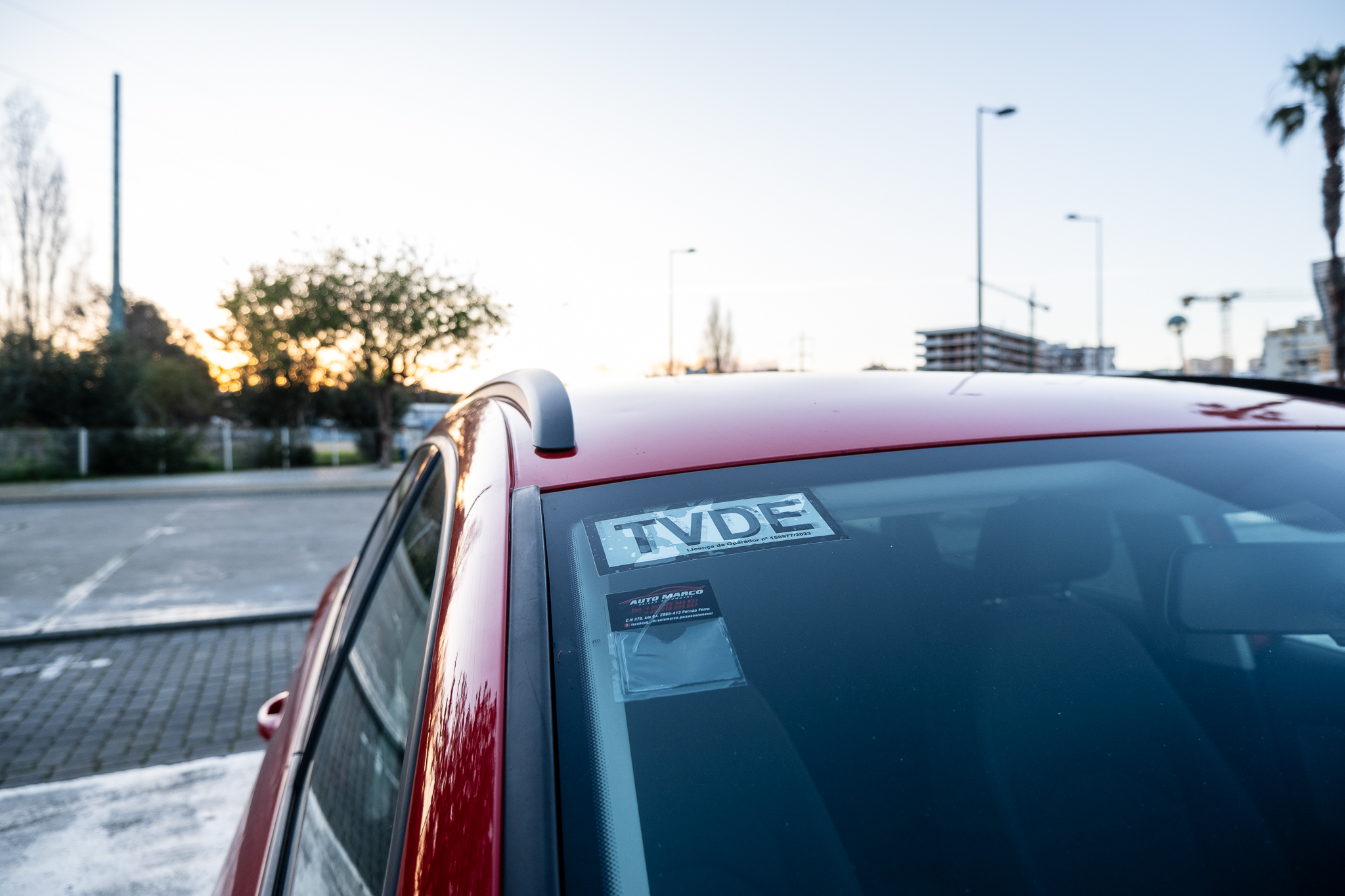Quinta do Ferro is today an isolated neighborhood in the city - an "island of poverty" in the center of the capital. After years of promises, the urban rehabilitation of this area, located in the parish of São Vicente, seems to be on the verge of becoming a reality.
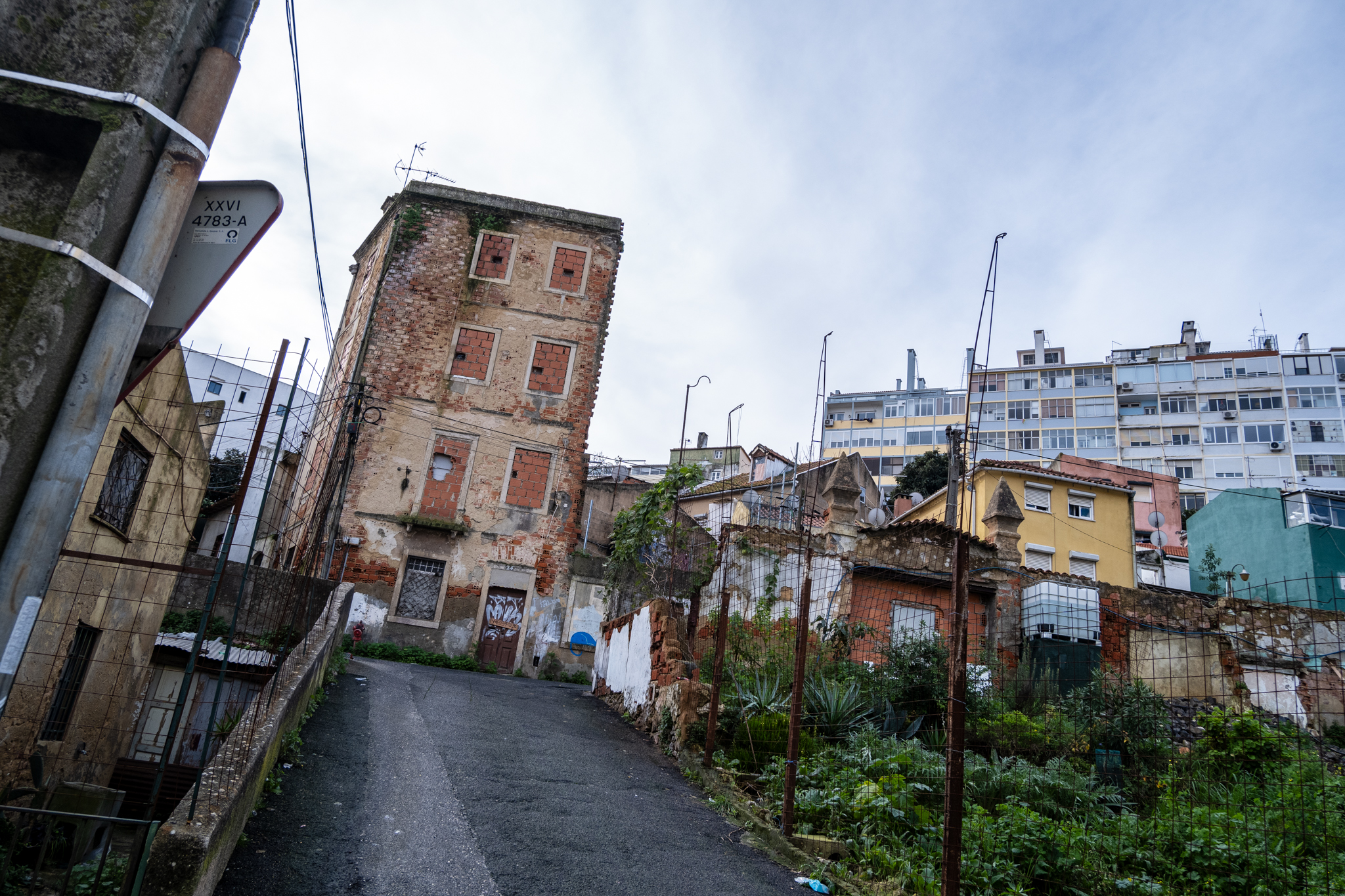
Searching for "Quinta do Ferro" in a search engine returns no specific results, as if this neighborhood, located right in the center of Lisbon, were non-existent. Quinta do Ferro's invisibility is not exclusive to its surroundings online.
Located between Graça and Santa Apolónia, in the parish of São Vicente, Quinta do Ferro goes unnoticed by anyone walking down one of the many streets surrounded by well-preserved buildings. Quinta do Ferro is like an "island of poverty" in the middle of a properly urbanized city. The Público newspaperIn a report in March 2022, the Mayor said that on this "island" there are people living without the minimum living conditions, there are houses occupied illegally and others with windows and doors boarded up, there is garbage scattered around the streets and there is drug trafficking going on in plain sight. The integration of Quinta de Ferro into the city, with the urban rehabilitation of the neighborhood, has been awaiting decisions from the City Council for at least two decades. However, these promises have recently become more solid.
At a town hall meeting in September 2023, the Quinta do Ferro rehabilitation project was approvedIt was then put up for public discussion until November of the same year. The documents are still available on the municipality's website and basically detail the municipal plan for that area: provide the neighborhood with a quality public space, with the furniture and infrastructures that exist in other parts of the city and where priority will be given to pedestrian mobility; rehabilitate the buildings and build new ones, according to a new subdivision of the land and guaranteeing the rehousing of residents covered by the urban regeneration actions; build affordable public housing, allowing Quinta do Ferro to benefit from new residents and stimulating social diversity; create a central square in the neighborhood and a public garden; connect Quinta do Ferro with its surroundings; provide the neighborhood with social facilities and commercial spaces that serve the residents and attract people from outside.
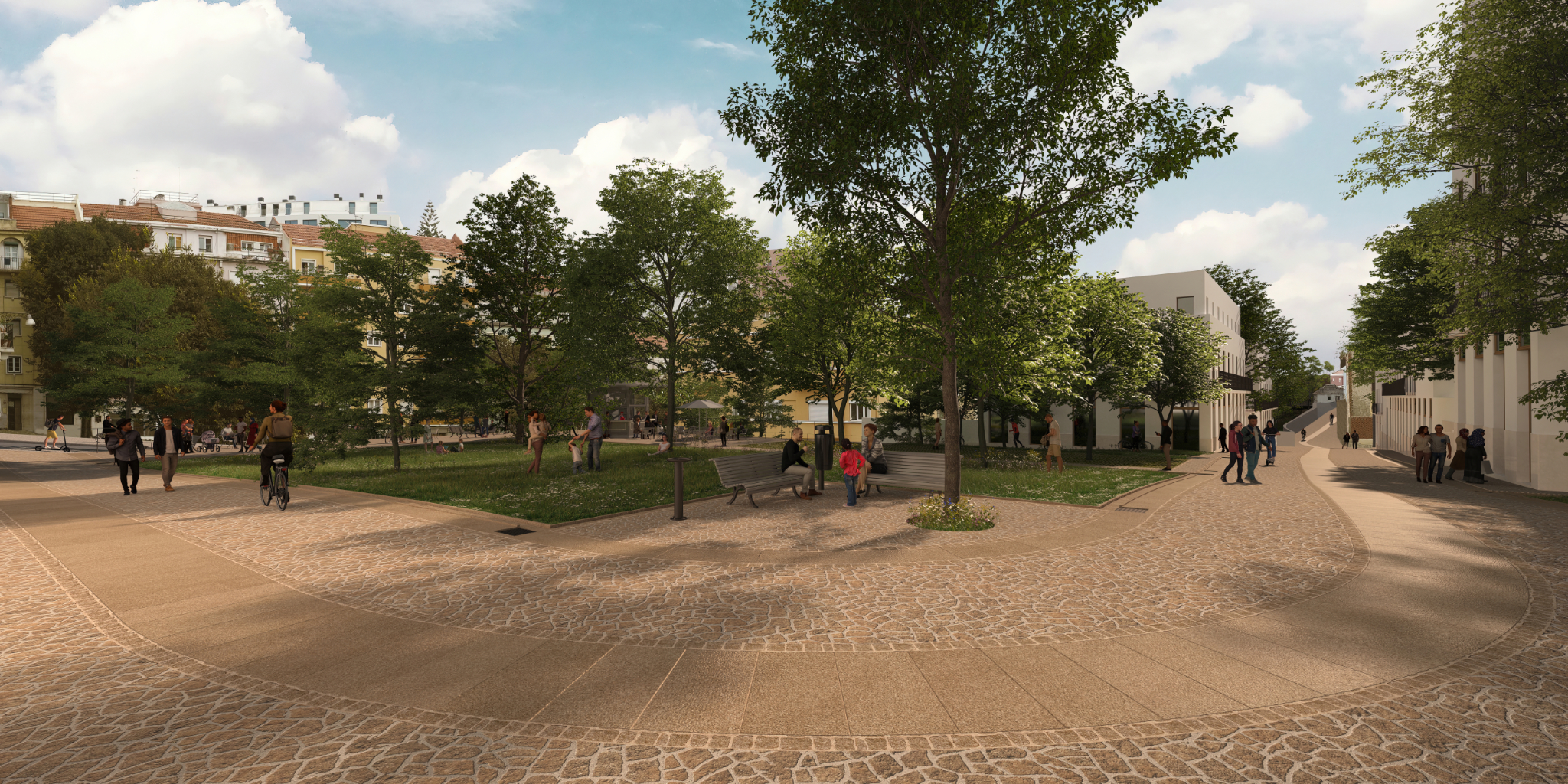
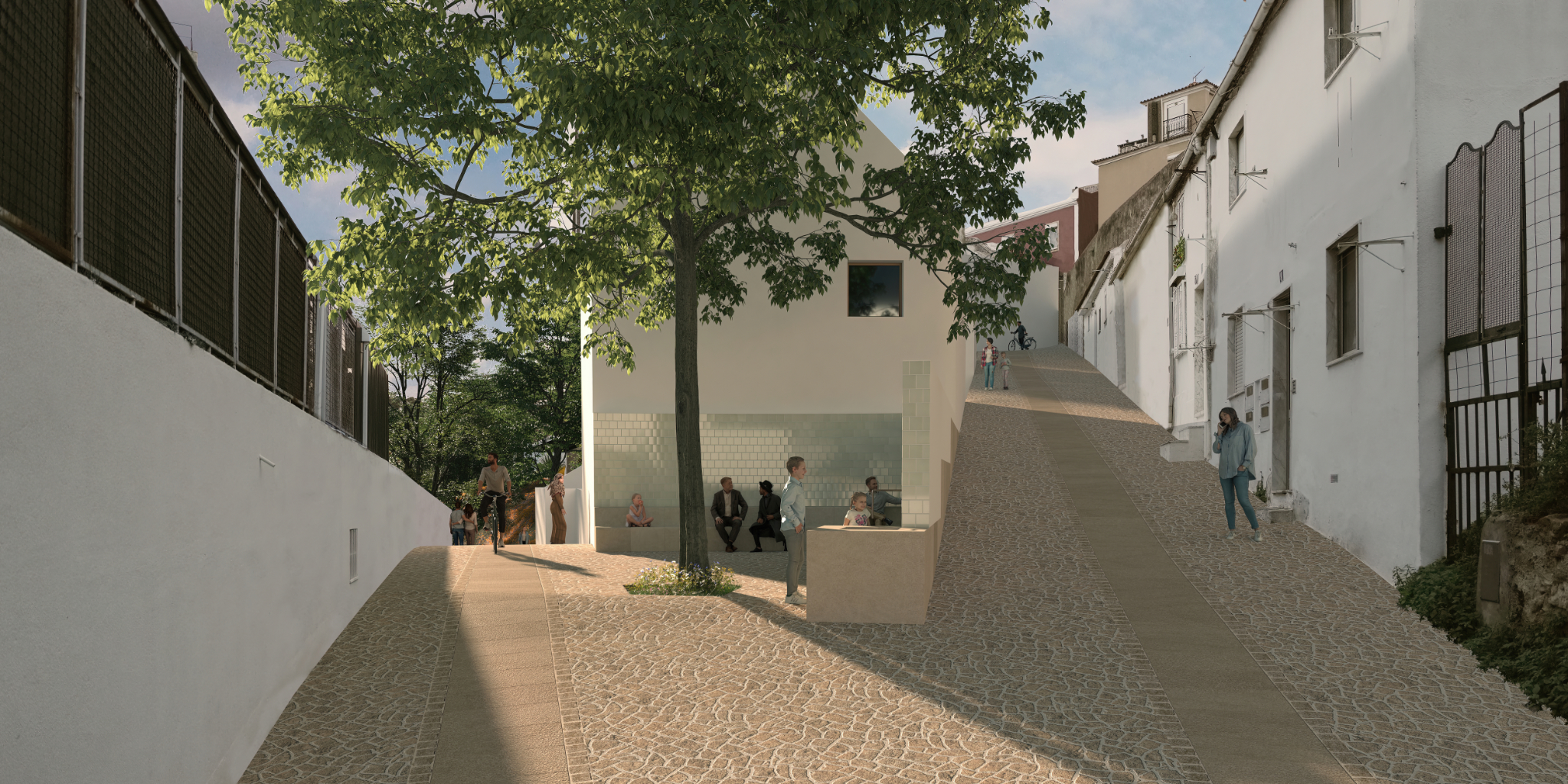
For this urban regeneration process, an Urban Rehabilitation Operation (ORU) was established and an Urban Rehabilitation Area (ARU) was defined, which extends beyond the boundaries of the so-called Quinta do Ferro. In total, we are talking about an area of 60,700 square meters and 210 buildingsHowever priority intervention area, "where the majority of the buildings are in a poor state of repair and in a situation that has not been regularized from the point of view of urban legality"This corresponds to 18,300 square meters and 46 buildings. It is in this smaller part that the bulk of the refurbishment will take place.
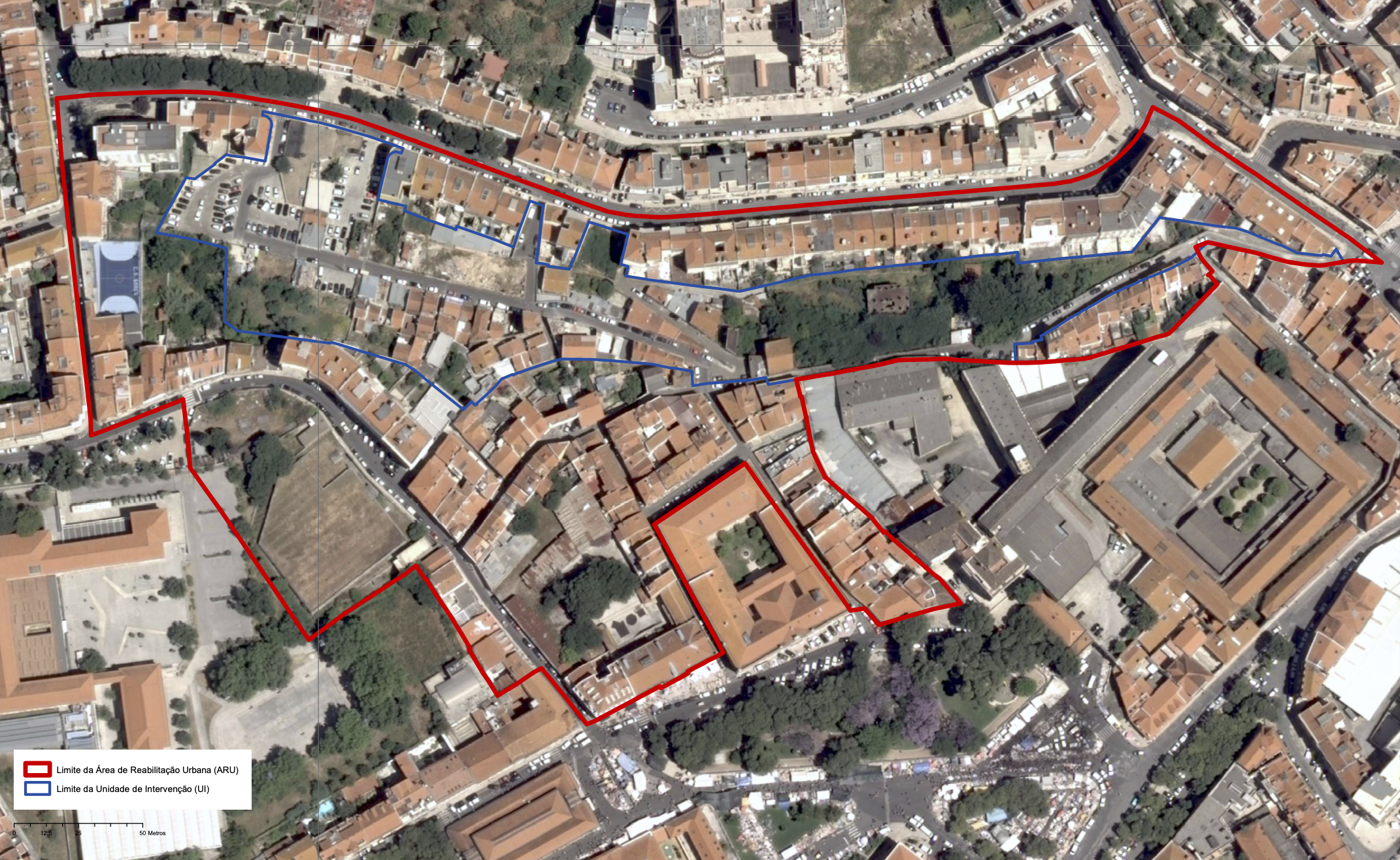
"In order to resolve the housing deficits and eliminate the social exclusion and deprivation indices identified in the area, it is necessary to develop an affordable housing program along with the structuring of green and collective use spaces, the requalification of public space and the introduction of new collective use equipment.", reads one of the documents supporting this proposal.
The urban regeneration approved in September last year did not come from a blank sheet of paper. From studies in 1960 to architect Anselmo Vaz's drawings in 2010, through to a proposal under the BIP/ZIP project in 2018, and two solutions from Lisbon City Hall, one in 2019 and the other in 2022, there are several antecedents to the project that is now on the table. According to the Câmara, "the proposal that is presented with this ORU reflects the consideration of the previous proposals and seeks to answer the questions that, from the analysis carried out, were considered not to have been properly considered and answered". One of these issues is the decision not to build on the north-facing slope of Rua de Entre Muros, due to "physiographic reasons, risk of landslides and low sunshine"and, alternatively, to create a public garden there.
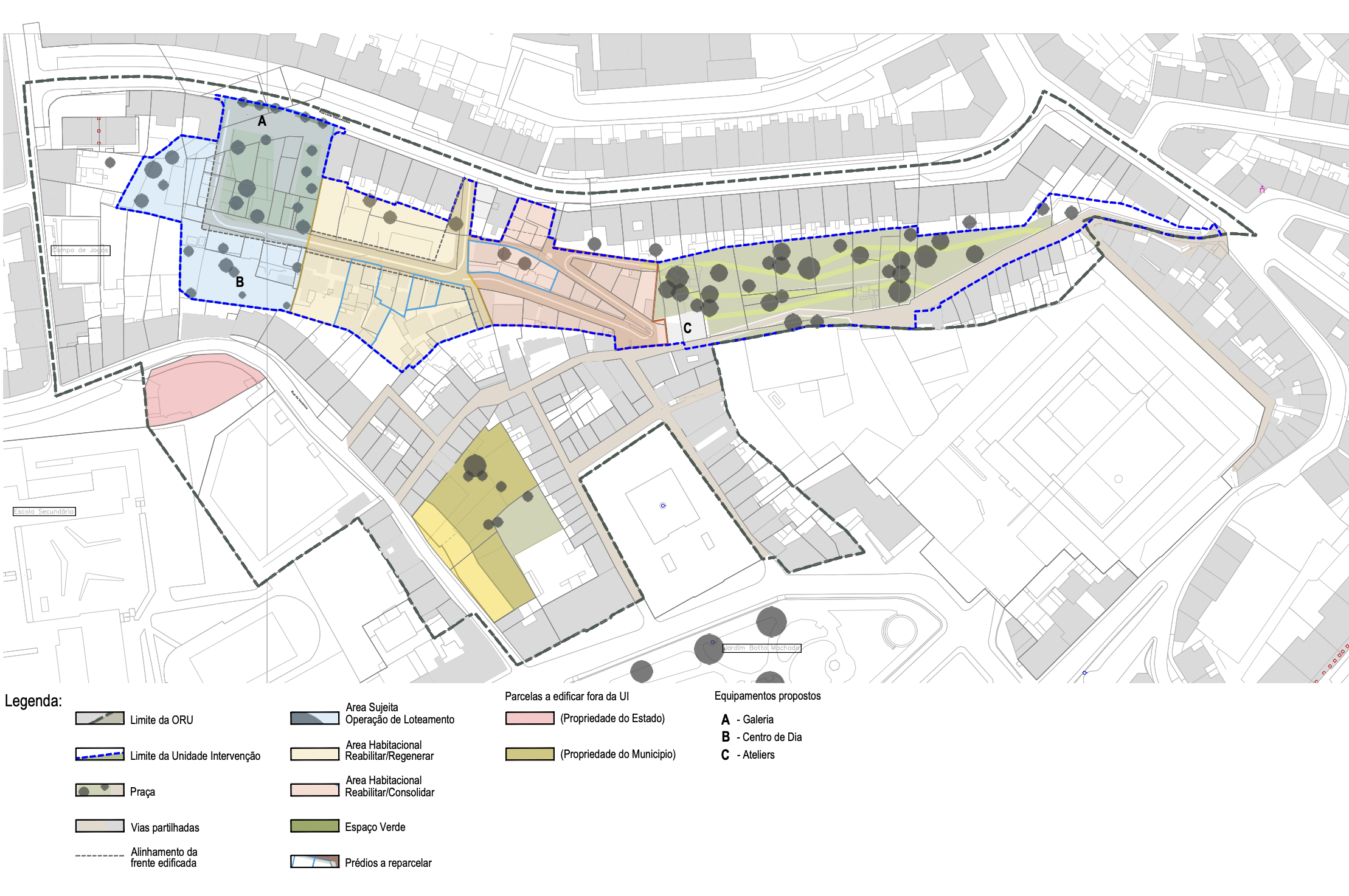
With regard to housing, the demolition of the "constructions that do not meet the requirements for licensing and legalization"in particular those "where the dimensions, insolation, ventilation and construction quality are frankly insufficient". The work of regenerating the housing in Quinta do Ferro will basically take on two fronts: one of consolidation, where the existing buildings are in line with the public road; and one of regeneration, where it is necessary to move the built fronts away from the street so that the street is in line with the road. "has the necessary size to allow space between the façades of the buildings" and to allow "diversified use of public space in conditions of comfort and safety". Some reparcelling is also planned to improve living conditions. Urban regeneration will be the responsibility of private individuals, with the City Council taking on the role of regulator and also facilitator, by granting various tax benefits and incentives.
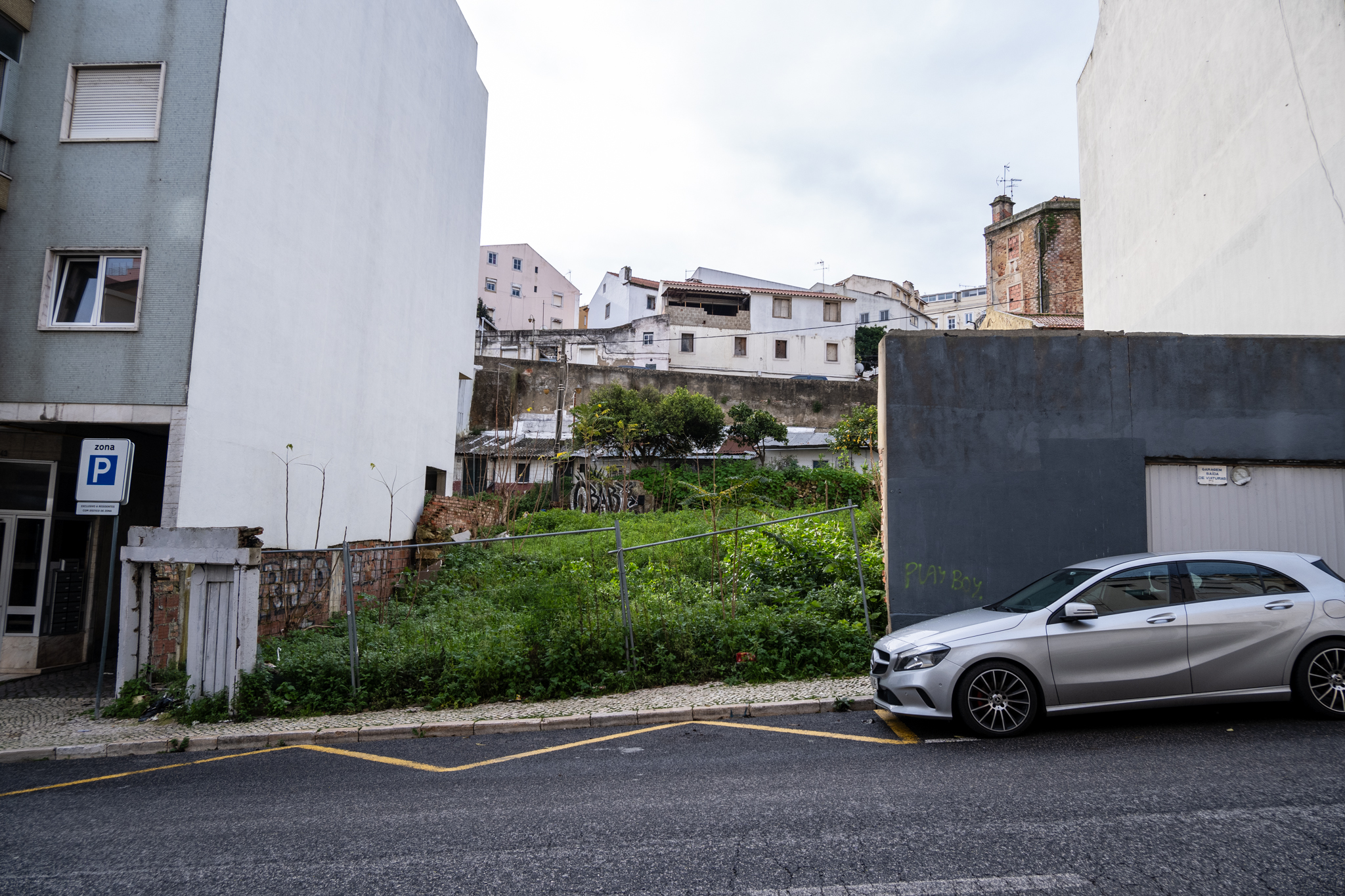
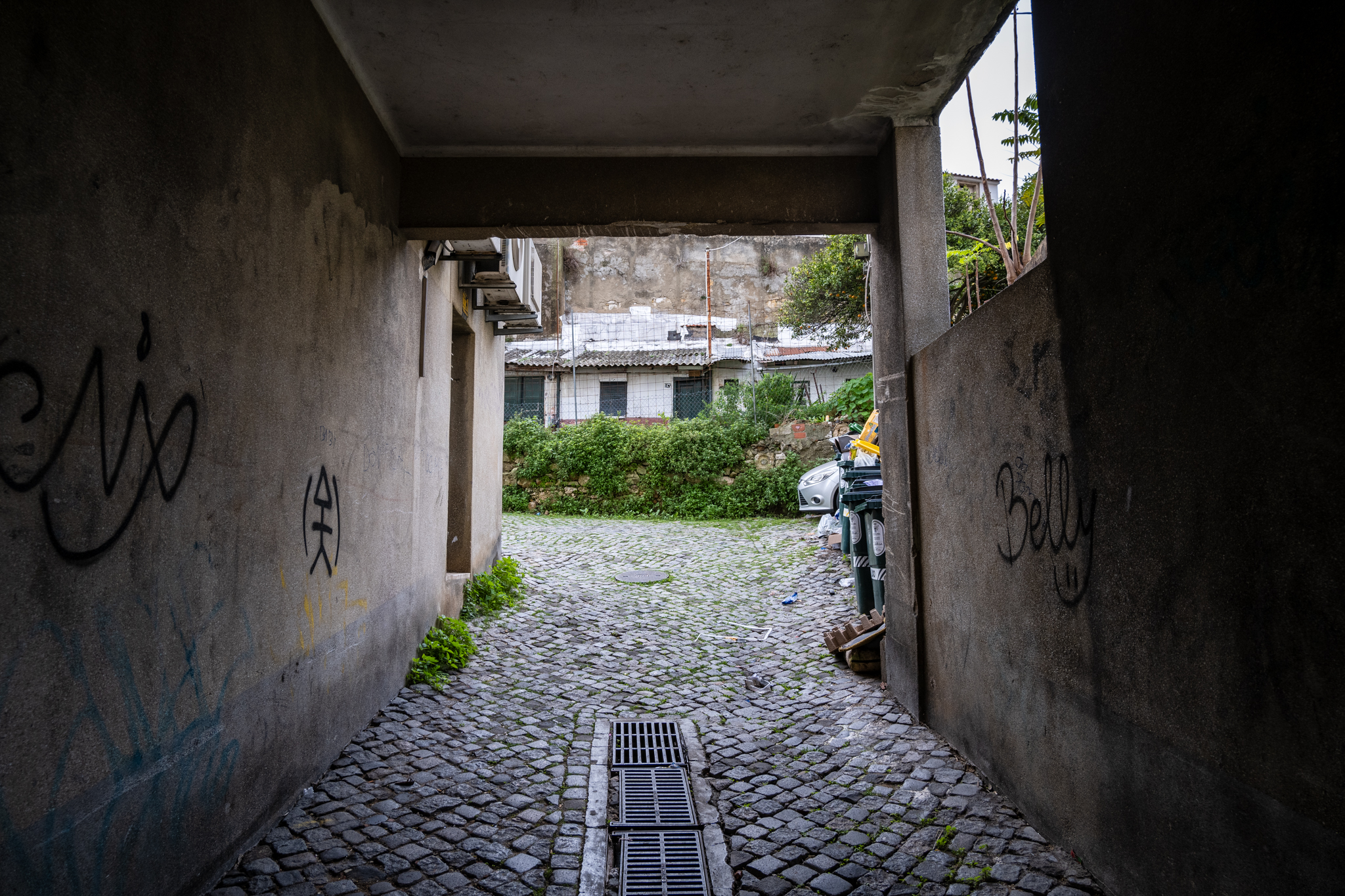
Otherwise, in the public space, the main roads, Rua de Entremuros do Mirante and streets A, B and C of Quinta do Ferro, are to be upgraded and re-profiled, "favoring pedestrian mobility, with streets treated as coexistence routes or exclusively pedestrian". In the central part of the neighborhood, "where there is a concentration of municipal property"A collective square is to be created. Here the City Council will take on the construction of new buildings for affordable housing with commercial or service areas on the first floors, including a social facility for the elderly. The square could have, "eventually"a public underground parking lot and a surface parking lot. "landscaped public space" for the enjoyment of the population.
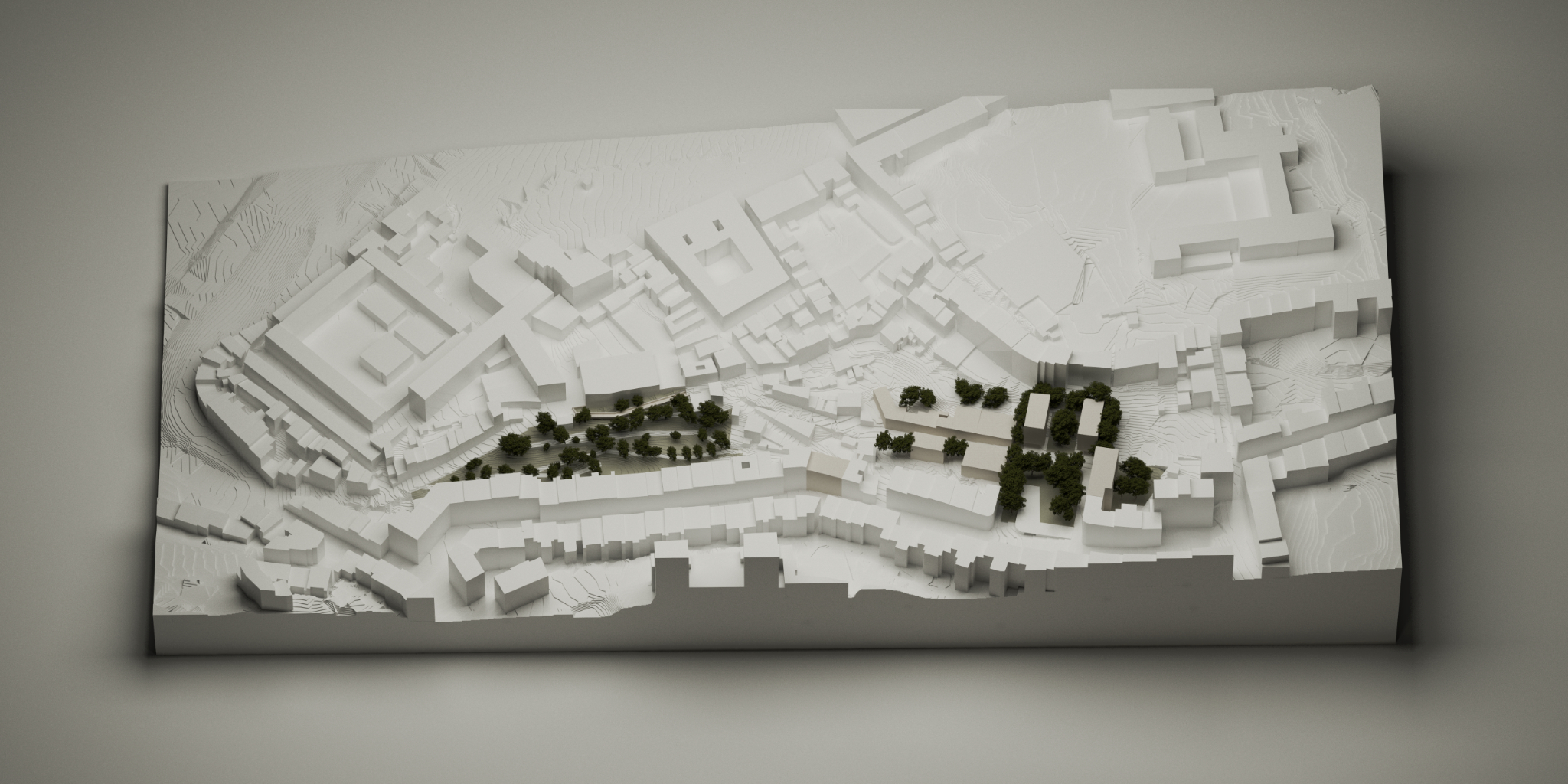
The budget estimate is that the entire rehabilitation of the Quinta do Ferro neighborhood will cost close to 20 million euros on the council's side; the investment in urban infrastructure and public space alone should amount to around five million euros. With regard to private investment in the rehabilitation of properties, the overall figure is estimated at around seven million euros. This initiative will be financed gradually through the municipal budget and may also be supported by the IHRU (Institute for Housing and Urban Rehabilitation), through its 1st Right program.
The municipality expects to approve the report on the public discussion held at the end of last year at a town hall meeting in the first quarter of this year and plans to launch, at the end of 2024, the public tender for the first phase, which will include the construction of the central square and the rehabilitation of streets B and C. Street A, the garden and the rest of the streets will remain for a second phase. The third and final phase of municipal responsibility will be the interconnection between Quinta do Ferro and its urban surroundings.
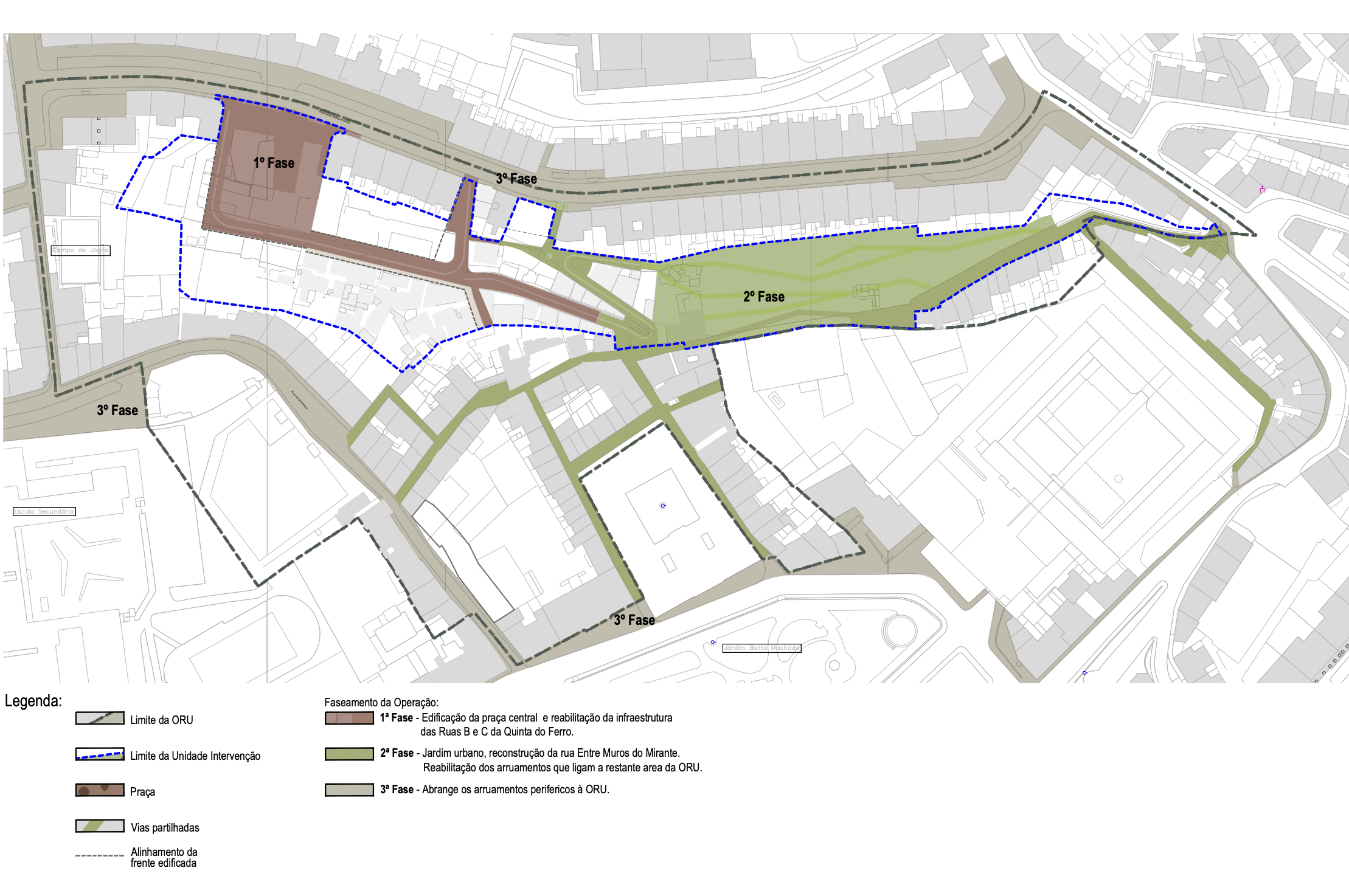
You can consult all the available documentation here:

